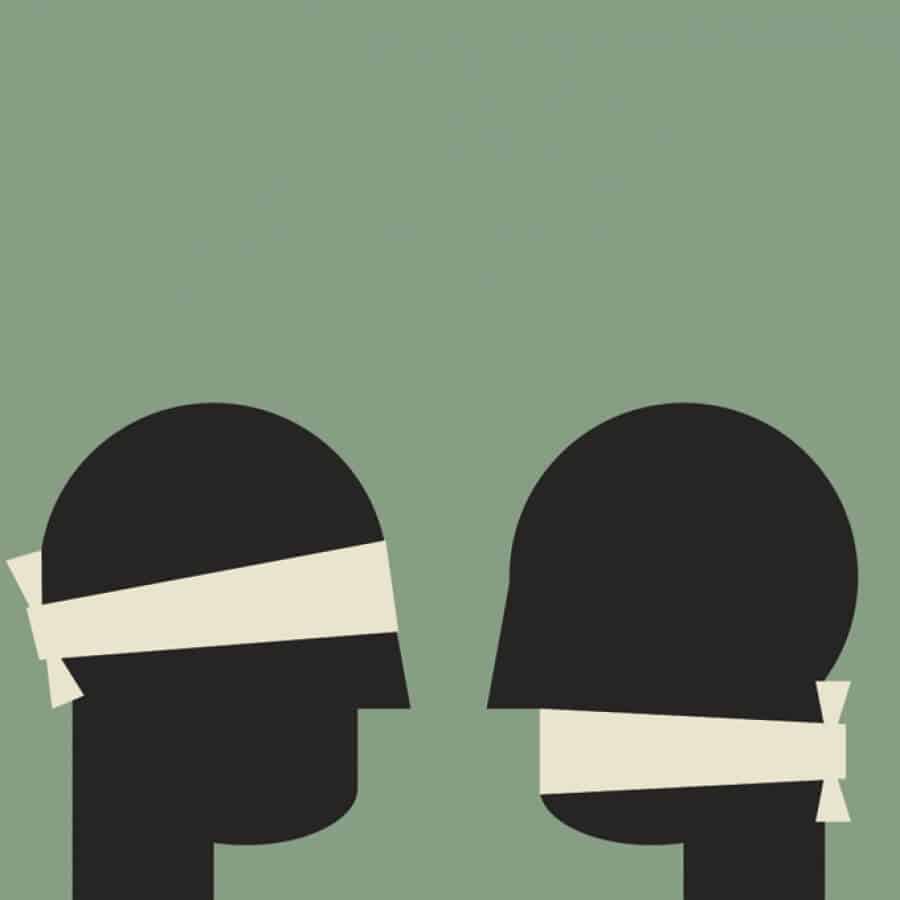This past August I was on a journey from Prague to Vienna, and I learned a valuable lesson in life that I have tried to implement time and again since: “Seek first to understand, then to be understood.”
I decided to have a seat near the café/bar on the train. I ordered one cup of coffee from the waiter, and as I waited I gazed at the beautiful scenery. I received my cup of coffee, downed it, and proceeded to get lost in a podcast. I had not paid for the coffee yet, and then a man came up and was swiping credit cards from all of the passengers, and I took our three euros, as that was the price for the coffee. He then shook his head and said, “Twenty euros.” I looked at him incredulously, “for the coffee?” I pointed to the menu, “it says here it is three euros.” He waved his hand at me and spoke in broken English, “no, twenty euros. This is first class. I am conductor.” I was in a state of slight panic. I didn’t want to pay twenty euros for a cup of coffee! I was confused, this is how much a coffee costs on first class? I said defiantly, “no one told me this was first class. Had I known that I wouldn’t have purchased this coffee.” The man then asked to see my ticket, so I showed him on my mobile app, and he walked away. I was in a state of total confusion. A few moments passed by and an Irishman sitting across from me explained that the man simply wanted to scan my ticket, as he was the train conductor.
It was my ticket that I had already paid for which had cost twenty euros, and not the cup of coffee. I was too surprised and panic to even consider that had been the case.
There are many ways this situation could have been avoided even though we did not share a common language. The first thing I could have done is not to assume that this man was collecting cash for the food, but was checking for tickets. The second thing I could have done was to have my ticket out already so that we could have not had this miscommunication. But I had assumed too much too fast.
Communication between two individuals who do not share a common language be difficult to say the least. Even though experts say that verbal communication is only 20% while the rest is accomplished through body language, the digital age – whether we are communicating over Skype, telephone, or other forms of social media – is presenting a new challenge towards how we understand one another.
I once entered into a fierce debate with a colleague that unfortunately turned to ad hominem attacks. I said to this person, “You are coming from a place of anger.” To me, and to many English speaking people, this means that their mindset is in a state of anger. But because English was not her first language, she accused me of speaking poorly about her country and culture.
This example of miscommunication occurred between two people who did not share a common language, but it can also occur between two native speakers.
Just the other day I was debating with a friend over a hot topic issue on Facebook, and while I consider this person to be a very good friend of mine, we both ignored each other’s points of view, and only tried to get our arguments out into the open. Unfortunately nothing was accomplished, and we agreed to disagree.
There is, of course, a way to combat this type of stagnant polarization that is so commonly called communication.
In college I was taught that to be a successful communicator, you need to actively listen, or listen with the intent to establish a mutual understanding with your colleagues, but I do not think that’s enough. I believe that you need to communicate to people to let them know you that you are listening, actively.
Stephen Covey’s classic, “The Seven Habits of Highly Effective People,” illustrates this best. In it he states that, “communication is the most important skill in life,” and that, “Most people do not listen with the intent to understand; they listen with the intent to reply.”
Though technology is making access to communication easier, we still need to understand the importance of making sure the person you are communicating with is being listened to, and that you are as clear as you can be when you wish to get your point across another individual.
In all three of those situations I did not listen, I only waited to be heard. If we take the effort to set aside our needs and prioritize understanding as the main objective in these types of situations, communication will be effective regardless of advancements in technology.
Support us!
All your donations will be used to pay the magazine’s journalists and to support the ongoing costs of maintaining the site.
Share this post
Interested in co-operating with us?
We are open to co-operation from writers and businesses alike. You can reach us on our email at [email protected]/[email protected] and we will get back to you as quick as we can.









